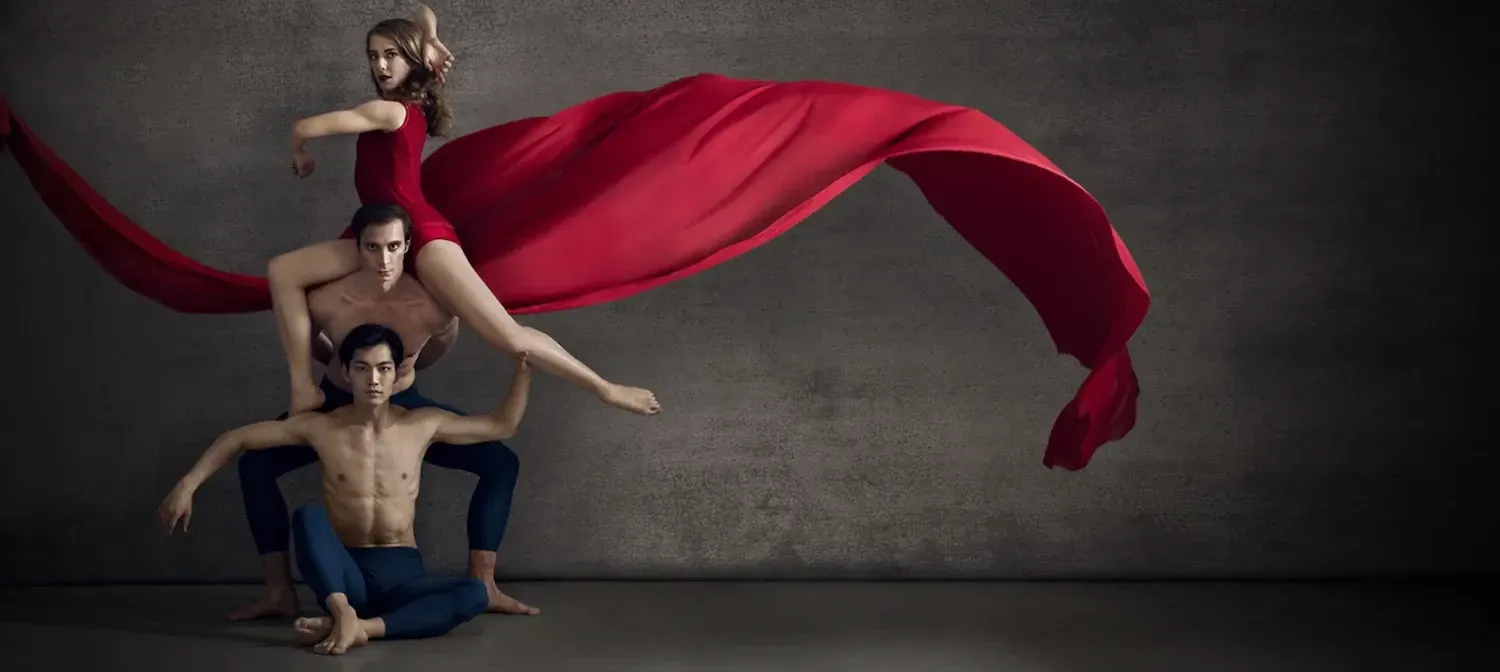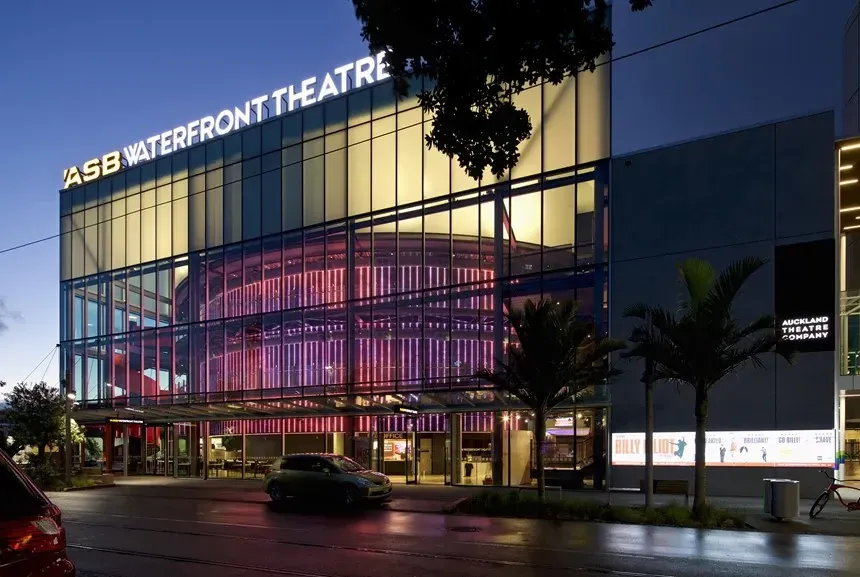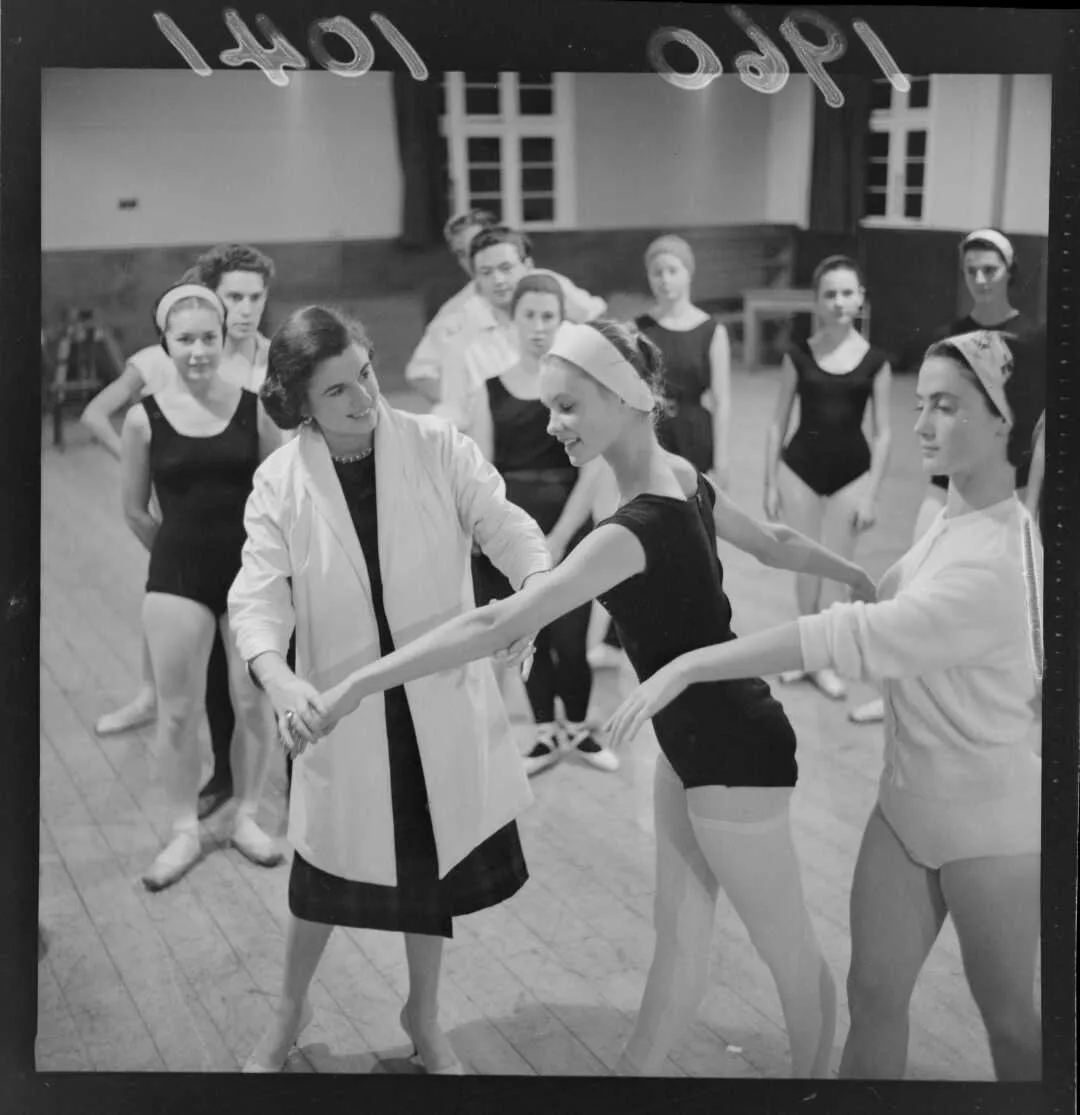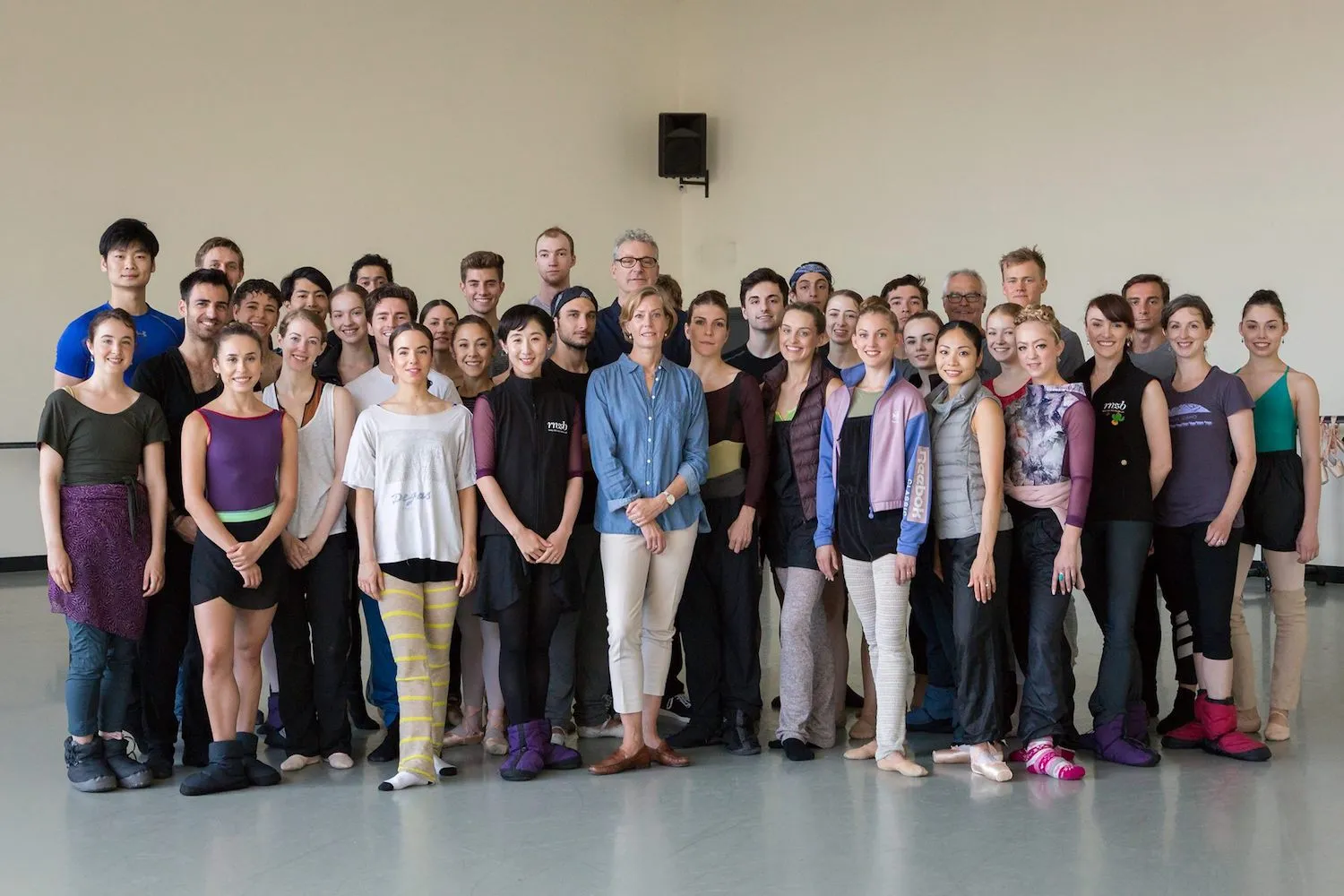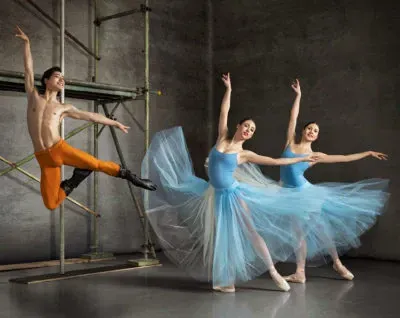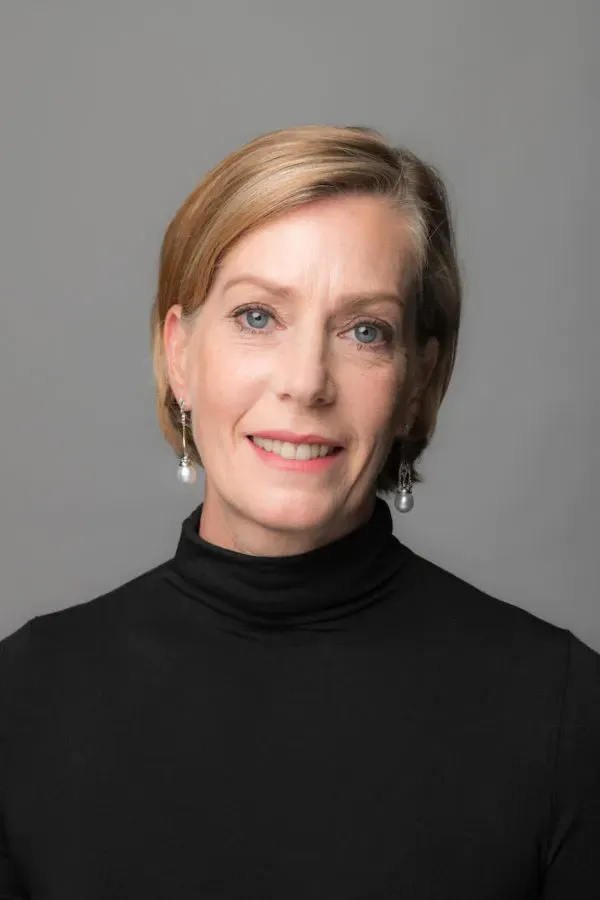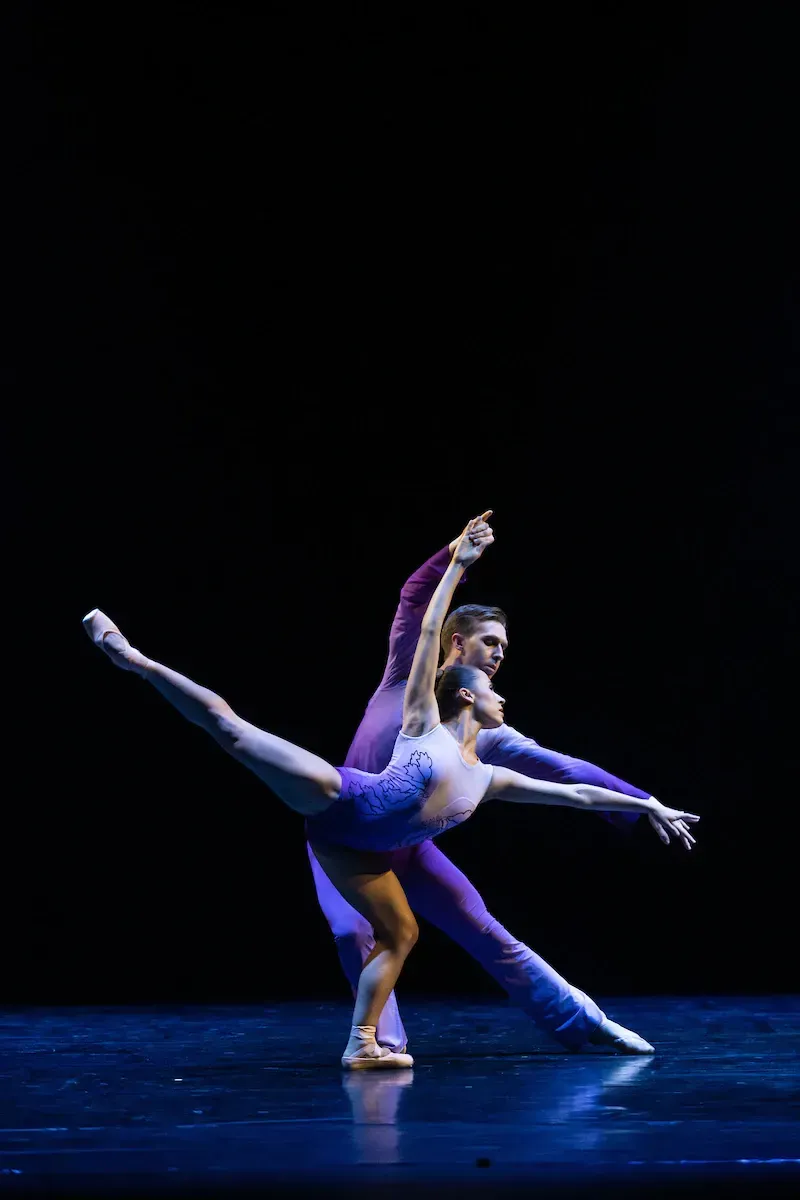Arts Insiders: McGrath in motion
Written by
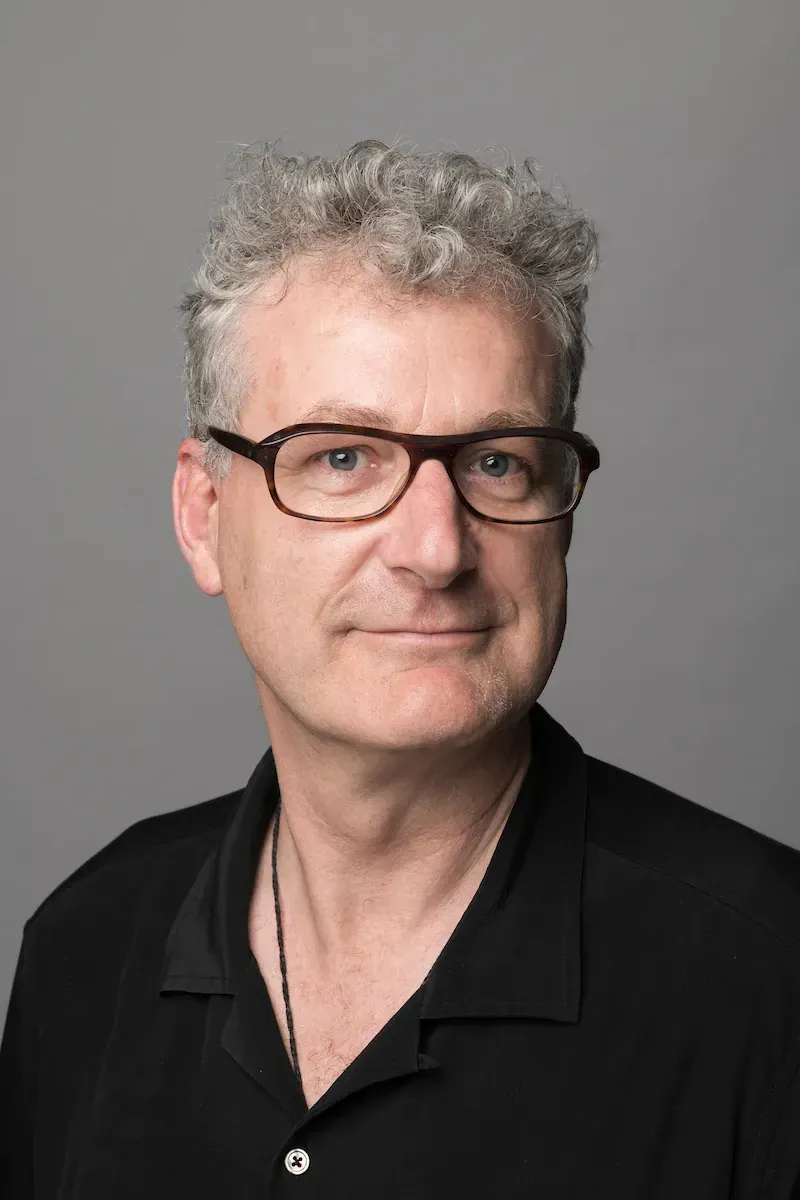
Listening to Lester McGrath talk you definitely get the feeling that he won’t be leaving his new job as Executive Director of our national ballet company until he’s seen the kind of progress for the organisation that he believes it deserves.
He’s joined the Wellington-based RNZB after 12 years at the helm of the Auckland Theatre Company.
His reputation for brightness, brains and boldness had been forged even before then, but it was definitely cemented by one of his major achievements with the ATC – leading a tireless campaign, against the odds, to fundraise and build the $36 million-dollar ASB Waterfront Theatre.
The “vibrant jewel in a glass box” was officially opened in September 2016. Two years on, by late 2018, he admits he’d begun to think, what next?
“I was thinking, it would probably good for the theatre to have a change and good for me to think about a new challenge.”
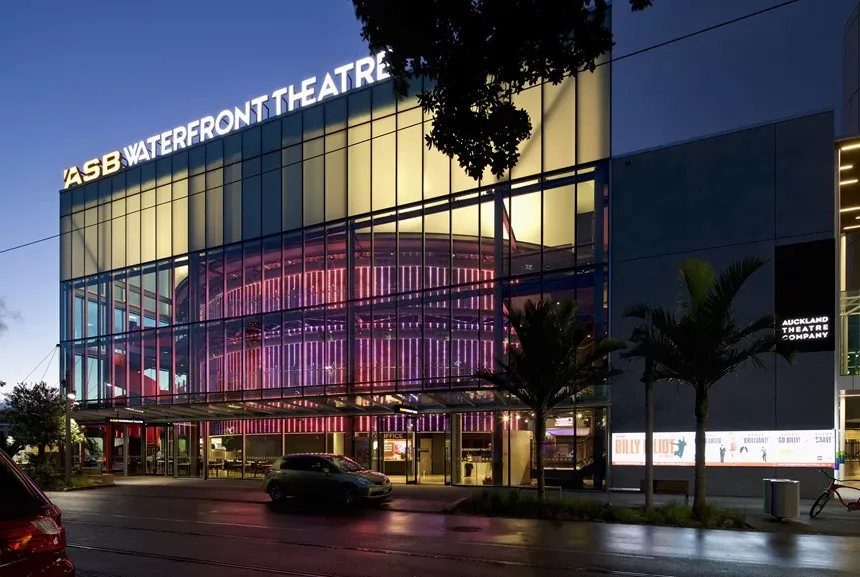
The idea of taking a job overseas didn’t appeal to the Kiwi-born McGrath. “I care about the arts in this country. My passion, and commitment, is to see the performing arts thrive and prosper in New Zealand."
The prospect of returning to Wellington, to drive the future of our iconic national dance company did appeal. “I hadn’t planned that I would do it but when the opportunity came up, I thought long and hard, and I thought right, I’m going to give this a go.”
“I care about the arts in this country. My passion, and commitment, is to see the performing arts thrive and prosper in New Zealand."
He accepted the role at the end of last year and the priority over these first six weeks has been to get to know everybody, find out about the company and the repertoire for the year ahead.
He’s also been reintroducing himself to the Capital. “I’m originally from Lower Hutt, I’ve been away for a long time and so to come back and rediscover the city with the company, to see how the city has changed; it’s very vibrant and there's a lot on the go, you know, it's an exciting time.“
The real excitement will come as the future planning for the ballet develops.
“The company is 65 years old. It has an extraordinary history in terms of taking dance around the country and I’m interested in where does it go from here? What do the next five years look like?”
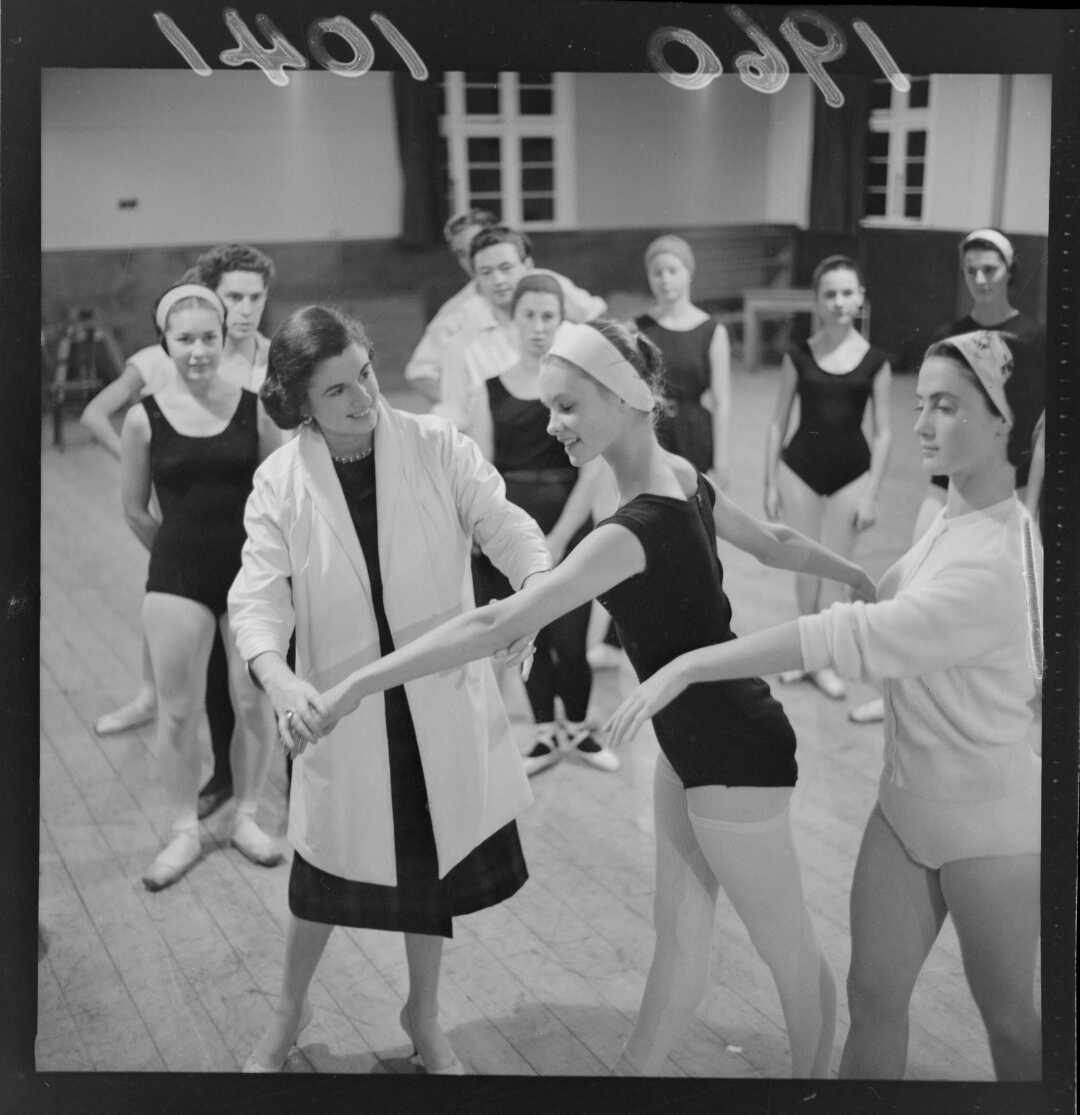
Lester says Aotearoa New Zealand has changed a lot in recent years and will continue to - so the ballet likewise needs to evolve and adapt.
“I’m interested in what the company’s role is, in terms of leading the sector and growing audiences both in the metropolitan sectors but also regionally,” he says.
“There’s an opportunity to work out how we collaborate across forms, build capacity and resilience in the regions that we go to, and clarify, if you like, what the ballet company’s role is at that national level. It’s a big conversation and it’s a conversation that’s going to evolve over time. I think we have a unique viewpoint and we have unique cultures to draw on and we have unique stories to tell."
“I’m interested in what the company’s role is, in terms of leading the sector and growing audiences both in the metropolitan sectors but also regionally,”
Season ahead
More of those unique stories feature in the 2019 season which launched on March 1 in Wellington, with four brand new works in the Choreographic Series. The final performances are in Christchurch’s Isaac Theatre Royal this Friday and Saturday.
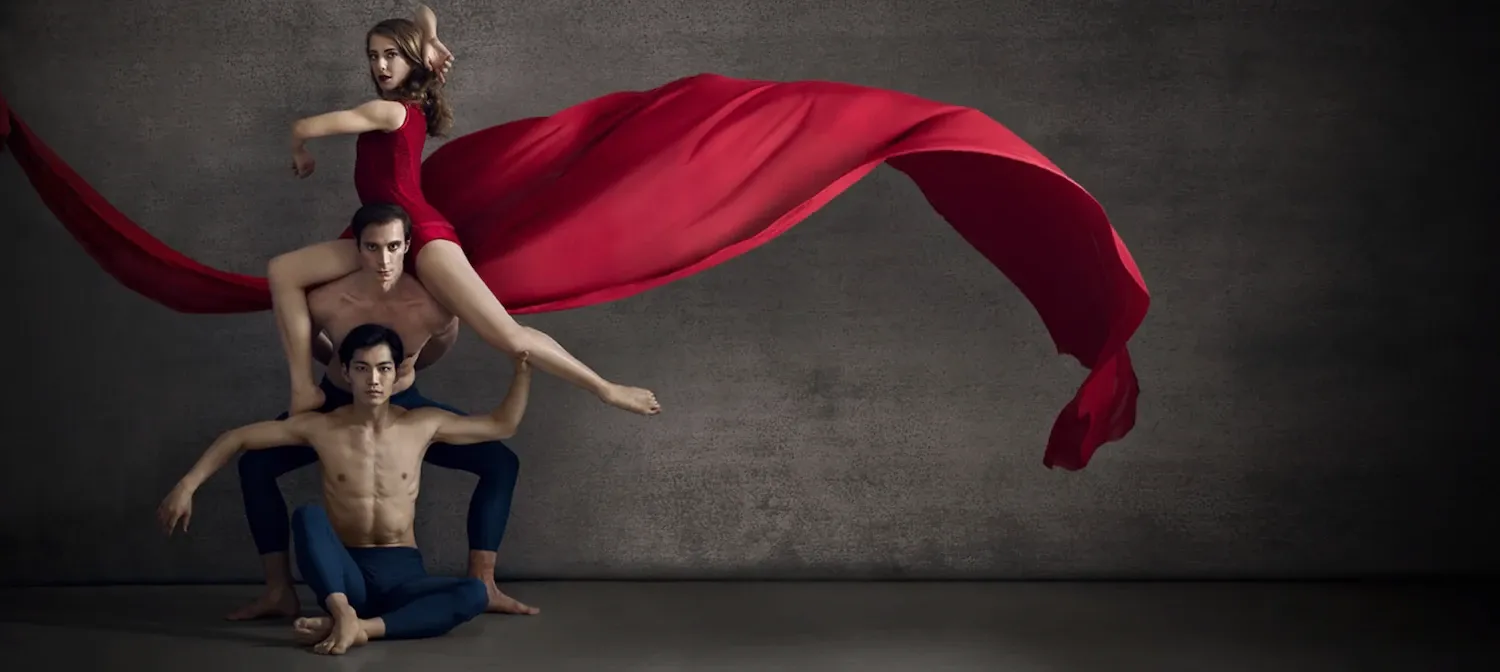
This year the popular Tutus on tour is being expanded to take in 11 regional centres and kicks off March 18. Three other later works round out the season to December.
Shifting art forms
Lester says the 2019 programme shows how fortunate the ballet company, and New Zealand is, to have an artistic director of the calibre of Patricia Barker. He considers himself fortunate as well and is looking forward to their partnership going into the future.
“Ballet is a different art form from what I’m used to – but I’m not the artistic director,” he says.
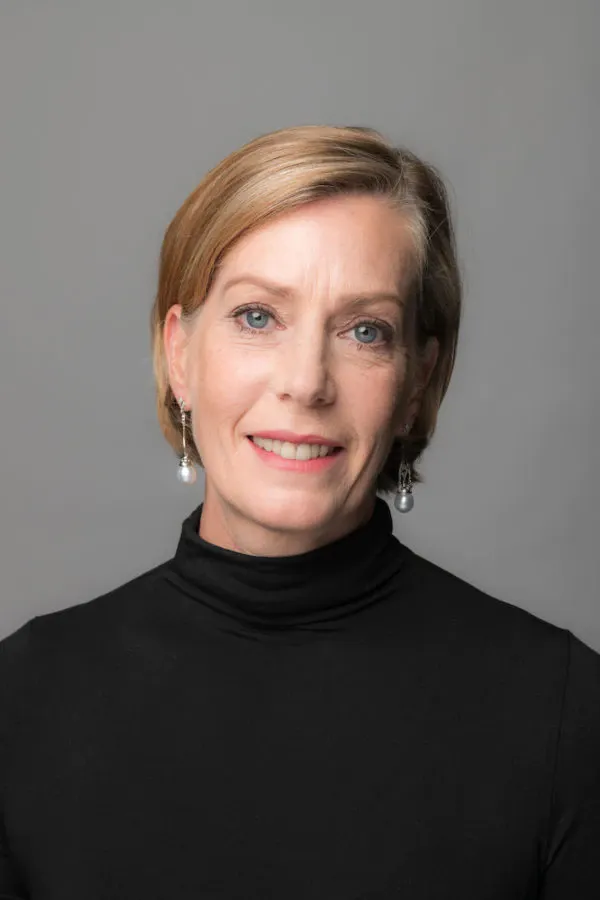
“I know how to sell a ticket, I have a feel for the markets in New Zealand. I have worked in terms of strategic direction for a company, so all of those skills I have, and experiences that I’ve had working with a team to manage a company, are all very transferable. It feels very natural to come into the ballet for that.”
“Ballet is a different art form from what I’m used to – but I’m not the artistic director”
He’s worked over the past thirty years in New Zealand, Australia and the United Kingdom presenting and touring theatre, concerts, dance, and commercial entertainment. He was Theatre Development Manager at the Edge and worked on the re-opening programmes for the Auckland Town Hall and The Civic after they were refurbished.
“I worked with the team at the Aotea Centre when we presented the Australian Ballet Company’s production of Manon. There I worked with Cath Cardiff who developed the Made to Move programme which was a contemporary dance subscription season that ran for a number of years."
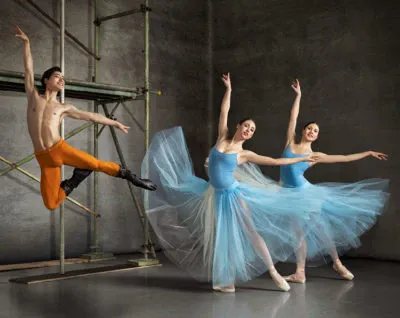
He’s also collaborated with the major performing arts hirers of facilities including the New Zealand Symphony Orchestra, Auckland Philharmonic Orchestra, New Zealand Opera and the RNZB who were hiring the facilities. “I guess I first started observing the ballet company back in the late 1990s. I started to observe the work, see the work and was quite intrigued by it. It piqued my curiosity and so I followed the company from afar since then.”
“I guess I first started observing the ballet company back in the late 1990s (...) It piqued my curiosity and so I followed the company from afar since then.”
When he returned from Australia in 2006, he did some work for Black Grace, which he found richly rewarding. “I have a huge admiration for Neil Ieremia, the artistic director and founder,” he says.
Dance, he says, is a common language. “We have great diversity here, but every child once they’re out of nappies they’re dancing. Every child regardless of where they come from, what culture they come from, what background they come from has that.”
McGrath is full of praise for the hard work and dedication of the dancers, and all those behind the scenes, who help make the ballet the outstanding company it is.
"(...) first, and foremost our priority is to audiences and communities here in New Zealand.”
“The ballet has a great history of touring overseas and there are opportunities to get back out there on the international stage. But first, and foremost our priority is to audiences and communities here in New Zealand.”
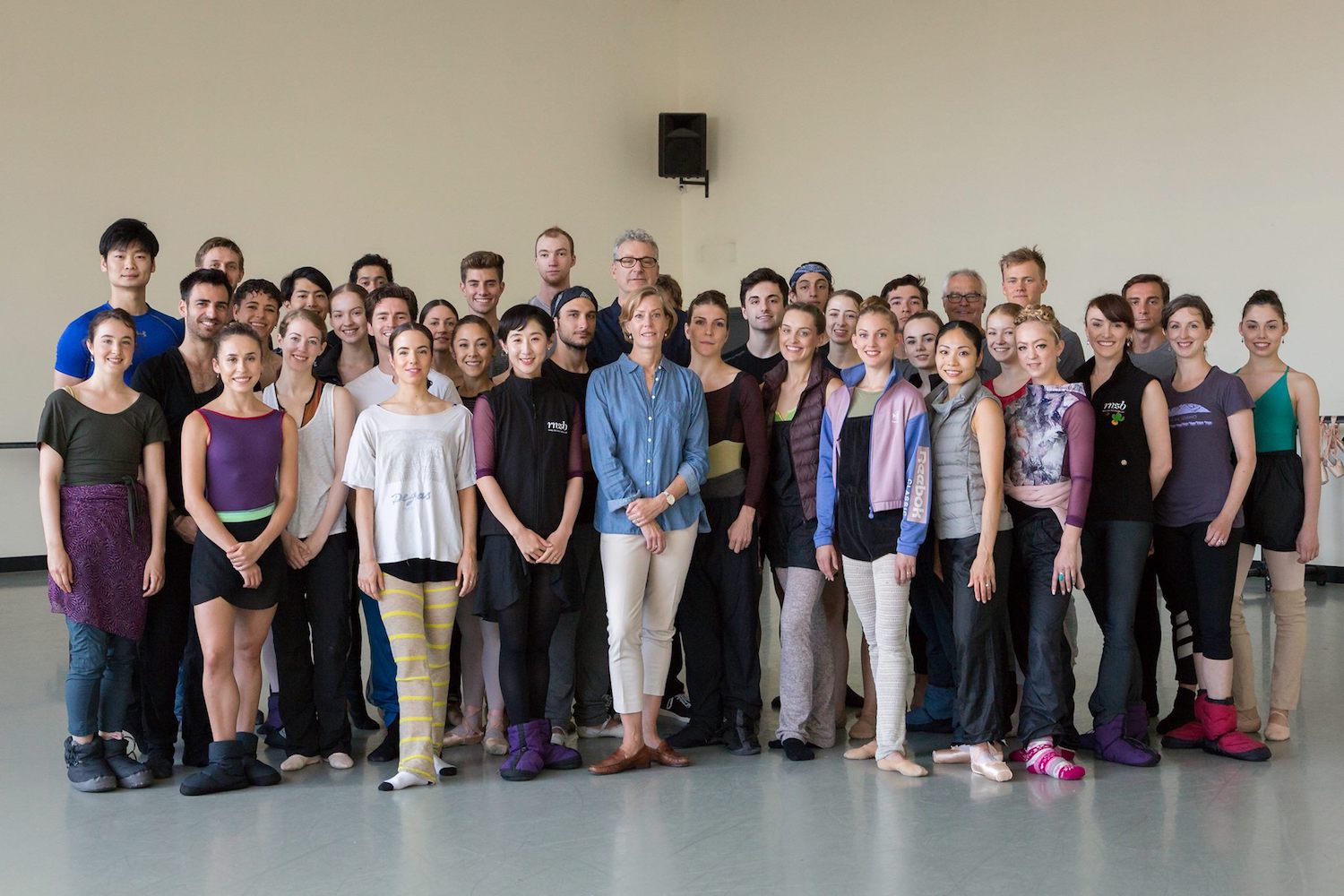
The RNZB’s Board Chair, Steven Fyfe, says like all arts organisations, ballet needs that experienced and visionary leadership. “Six weeks in, it’s clear that Lester has brought his A-game, and energy to the organisation. We have great confidence that Lester and Patricia will ensure that the RNZB excites its audiences and is accessible to all of New Zealand.”
The new Executive Director says stakeholder research from last year shows a high level of affection and passion for the company.
“They didn’t necessarily agree with everything the ballet company did, but they agreed with a lot and that level of passion and debate shows that people care about it, and it matters to them.”
So, starting out what message would he have for all those thousands of supporters?
“I would say look at the company with open eyes, fresh eyes and you know if you want to talk about anything, we love getting feedback about our work from audiences, and from the communities we engage with. It informs what we do and shapes what we do.”
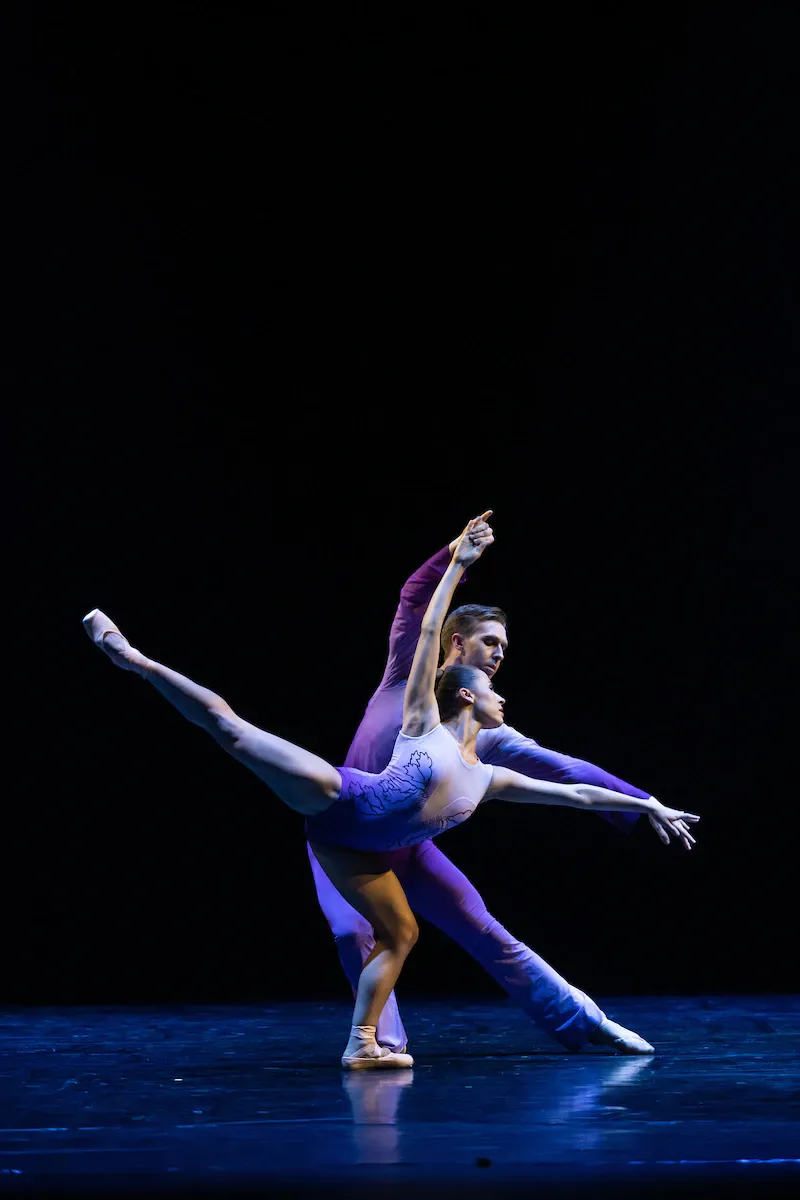
By Keri Malthus
For more stories by Keri, take a look at her interview with Jennifer Ward-Lealand here.
